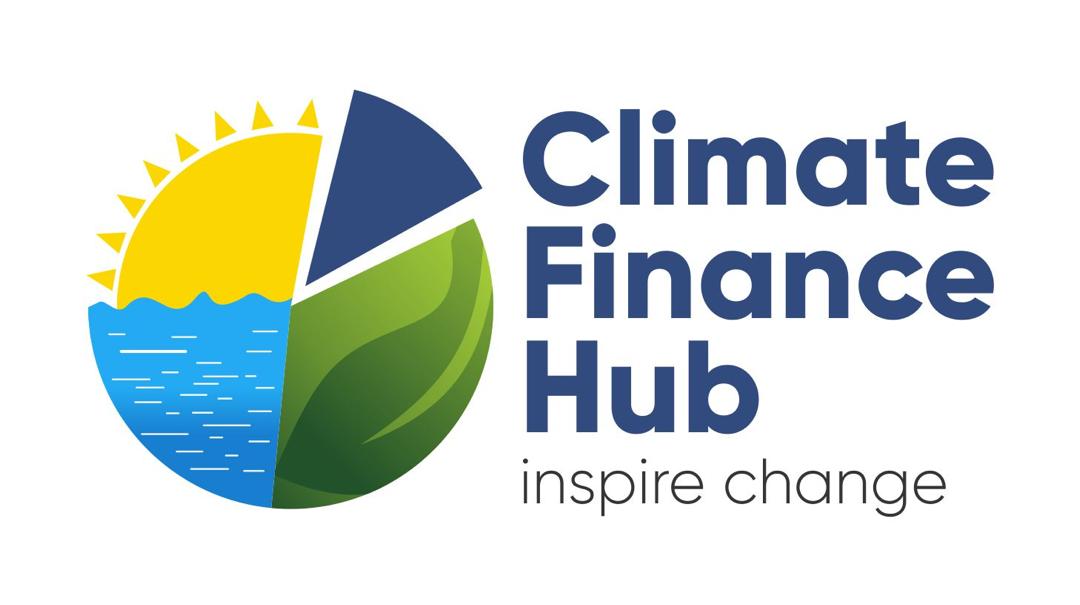In a striking acknowledgment of the scale of investment required to meet global climate goals, recent reports reveal that $1.3 trillion was invested in climate projects worldwide in 2021-2022. While this figure represents significant progress, experts warn that a fivefold increase in climate financing is essential to fully realize the objectives set forth in the Paris Agreement.
The Current Landscape of Climate Investments
The $1.3 trillion investment encompasses a wide array of initiatives aimed at combating climate change and promoting sustainability. These projects include:
- Renewable Energy: Investments in solar, wind, and other renewable energy sources are crucial for transitioning away from fossil fuels and achieving net-zero emissions.
- Sustainable Infrastructure: Financing is directed towards building climate-resilient infrastructure, such as green buildings, efficient public transportation systems, and improved water management.
- Ecosystem Restoration: Significant funding is also allocated to initiatives focused on preserving biodiversity and restoring degraded ecosystems, which are vital for climate adaptation.
The Call for Increased Investment
Despite the progress represented by the $1.3 trillion investment, climate experts emphasize that this level of financing falls far short of what is needed to meet the ambitious targets of the Paris Agreement. Key reasons for the required increase include:
- Escalating Climate Impacts: With the frequency and severity of climate-related disasters rising globally, there is an urgent need for enhanced funding to support adaptation measures and resilience-building efforts.
- Achieving Net-Zero Emissions: To meet the target of limiting global warming to 1.5 degrees Celsius, investments in clean technologies, carbon capture, and sustainable practices must accelerate dramatically.
- Mobilizing Private Sector Financing: A substantial portion of the additional financing required will need to come from private sector investments. This necessitates the establishment of frameworks and incentives that encourage private capital to flow into climate projects.

Pathways to Mobilizing Additional Funds
Achieving the necessary fivefold increase in climate finance requires concerted efforts from governments, financial institutions, and international organizations. Several pathways can facilitate this mobilization:
- Innovative Financing Mechanisms: Developing blended finance models that leverage public and private resources can help overcome funding gaps. These models can include guarantees, risk-sharing arrangements, and green bonds.
- Strengthening Policy Frameworks: Governments must create conducive policy environments that incentivize investment in climate projects, including regulatory frameworks that support renewable energy development and emissions reductions.
- Enhancing International Cooperation: Global partnerships and collaboration among countries, financial institutions, and private sector actors are essential for scaling up climate investments. This includes sharing best practices, knowledge, and technologies.
- Targeting Vulnerable Regions: Special attention must be given to financing climate initiatives in developing countries, where the impacts of climate change are often most pronounced. Providing targeted support can enhance resilience and promote sustainable development.
Conclusion: The Urgency of Action
The $1.3 trillion invested in climate projects marks a vital step forward in the global fight against climate change, yet it underscores the pressing need for a fivefold increase in financing to meet the Paris Agreement goals. As the climate crisis intensifies, it is imperative for stakeholders at all levels to unite in mobilizing the necessary resources.
By prioritizing climate finance and fostering innovative approaches to investment, the global community can pave the way for a sustainable future, ensuring that we not only meet our climate targets but also create resilient economies and communities that thrive in the face of change. The time for action is now.




